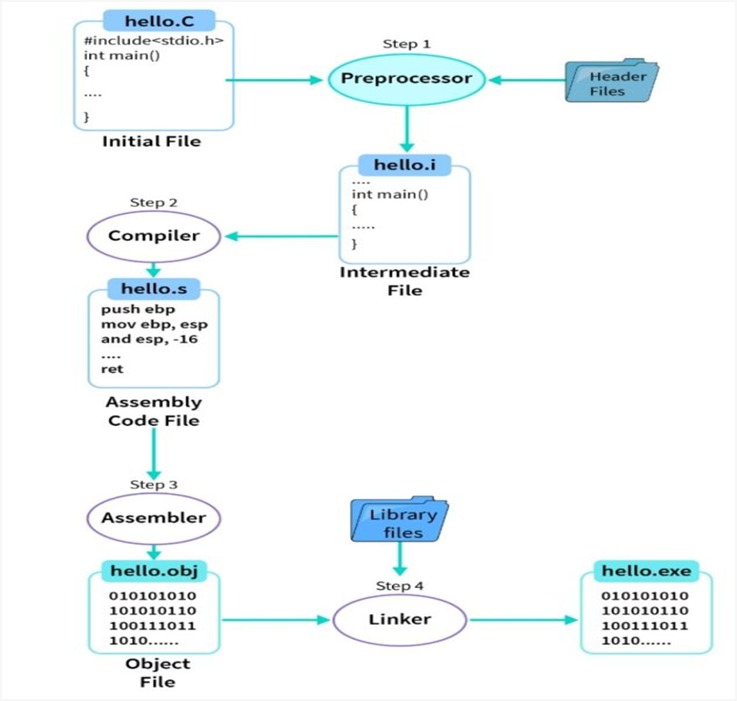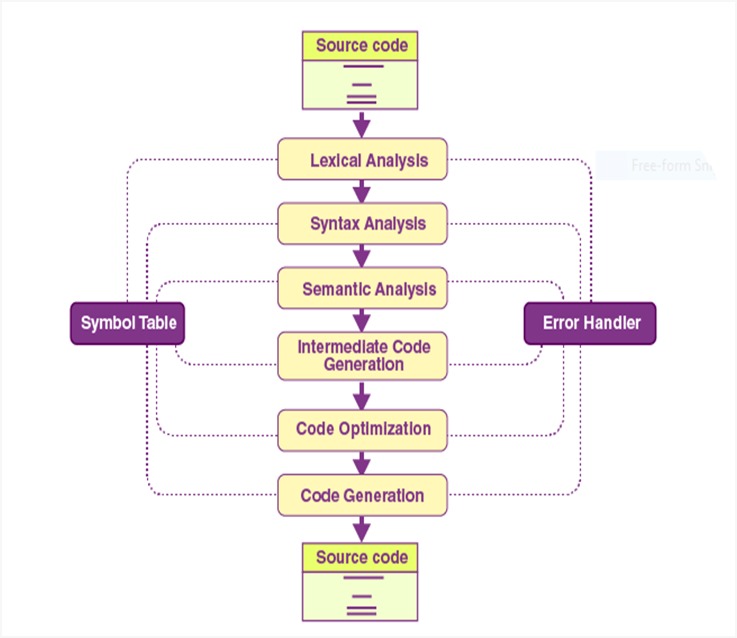Introduction to Compilation:
We are all familiar with writing code using programming languages like C, C++, Python etc. But how does a machine understand these codes? A software that transforms this high-level language into machine language is a compiler. Using compilers, programmers can write programs in high-level languages that are understandable by humans and then translate those high-level languages into machine-readable code. Errors are displayed to the programmer by the compiler. The basic function of a compiler is to translate code written in one language into another without altering the program’s meaning.
Automotive original equipment manufacturers (OEMs) break down the entire vehicle operation into various modules for control. Every module has an Electronic control unit (ECU) that are used in vehicles to operate sophisticated control systems that improve the driving experience, safety & reliability.
ECU’s monitor various systems and provide warnings or take corrective action in case of any malfunction. ECUs have also made it possible for vehicles to be equipped with advanced features such as traction control, stability control, and anti-lock brakes.
Why do we need a Compiler?
Compilers are essential to the development process because they find syntax and semantic issues before the code is run, which reduces time spent and avoids crashes. Additionally, compilers enhance the code for effective execution and generate quicker, smaller programs.
Stages of Compilation:
Preprocessor
The file extension “.c” is used to identify source code files, which are text files with code written in them. Preprocessors are programs that are used to process the source code before compilation. The source code is first given to the preprocessor, which expands it from there. The code is extended after which it is handed to the compiler for further processing.
Compiler
The preprocessor passes the expanded code to the compiler. This code is changed into assembly language by the compiler. We will have a detailed look into the compiler operation later in this blog.
Assembler
An assembler is used to translate assembly code into object code. The name of the source file and the object file created by the assembler are identical. The object file’s DOS and UNIX extensions are “.obj” and “o,” respectively.

Linker
Almost all C programs make use of library functions. These library functions are pre-compiled, and the ‘.lib’ (or ‘.a’) extension denotes the location of the library files’ object code. The linker’s primary function is to bring together the object code from library files and the object code from our program. When our program refers to functions specified in other files, as can happen occasionally, the linker becomes extremely significant. It connects these files’ object code to our program. The executable file is the linker’s output.
Compiler Sequence:
1. Lexical Analysis
The compiler starts by performing a lexical analysis, in which it separates the source code into a series of tokens that stand in for the various program components, such as keywords, operators, and identifiers.
2. Syntactic and Semantic Analysis:
The compiler then conducts a syntactic analysis. This stage involves checking the source code for any syntax issues as well as making sure it adheres to the proper language-specific rules and conventions. The compiler throws an exception and halts the compilation process if any errors are found.
3. Optimization:
The compiler performs low-level optimization on the code to enhance performance after properly parsing and checking the source code for mistakes. This may entail lowering the program’s memory requirements or speeding up the code by rearranging instructions or removing pointless steps.

4. Output Code Generation:
The compiler then produces the machine code that is an exact copy of the original source code. This machine code can be immediately executed by the computer’s hardware because it is stored in a binary file.
Conclusion:
To summarize our blog, the process of compilation involves turning source code into object code. The compiler is utilized to complete it. The compiler examines the source code for any syntactical or structural faults before generating the object code if the source code is error free.
